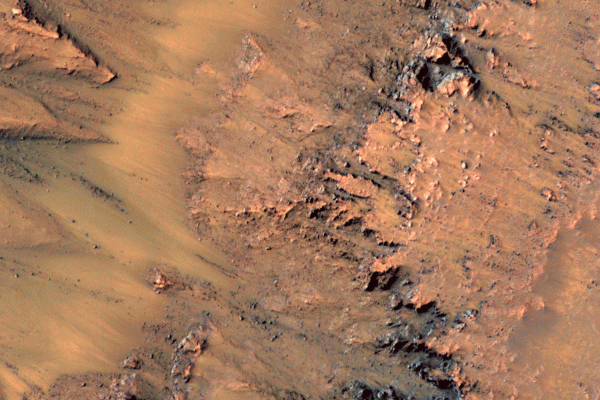Finding new uses for old water
Working with other academic, government, and research institutions, Washington University in St. Louis to help develop desalination technologies and find new uses for old water.
What a deep dive into the deep blue sea is teaching us
Slow-motion collisions of tectonic plates under the ocean drag about three times more water down into the deep Earth than previously estimated, according to a first-of-its-kind seismic study that spans the Mariana Trench. The work has important implications for the global water cycle, according to Douglas A. Wiens in Arts & Sciences.
How our engineers are solving the world’s water problems
We take for granted that when we turn on a faucet in our homes or businesses that clean, fresh, drinkable water will be available in a seemingly endless supply. But in the last several years, clean water has become almost a luxury in parts of the U.S. due to drought and changes in climate, while […]
WashU Expert: Arvidson on news that water still flows on Mars
NASA announced earlier this week that dark streaks that appear on Martian slopes in the summer, lengthen and then fade as winter approaches are seeps of salty water. The news that Mars still has surface water again raised hopes that it may have life. It will take thoughtful mission planning to find out, says Washington University in St. Louis Mars expert Ray Arvidson, PhD.
Ray Arvidson offers updates on Mars rover missions
With all the fanfare about Mars rover Curiosity landing safely on the Red Planet on Aug. 6, it’s easy to forget that there’s already a rover on Mars — an older, smaller cousin set to accomplish a feat unprecedented in the history of Solar System exploration. WUSTL’s Raymond E. Arvidson is playing key roles in both Mars missions.
Energy and water is focus of Earth Day speech
Water and energy is the theme of an Earth Day seminar sponsored by the Department of Energy, Environmental & Chemical Engineering. Paul Bishop, PhD, the Herman Schneider Professor of Environmental Engineering and associate vice president for research at the University of Cincinnati, will deliver the keynote speech “The Water-Energy Nexus” at 11 a.m. Friday, April 23, in Lopata Hall, Room 101.
Saturnian moon shows evidence of ammonia
Data collected during two close flybys of Saturn’s moon Enceladus by NASA’s Cassini spacecraft add more fuel to the fire about the Saturnian ice world containing sub-surface liquid water, according to a report in the July 23 issue of the journal Nature that is co-authored by a planetary researcher from Washington University in St. Louis.
Population growth puts dent in natural resources
CrissIt’s a 500-pound gorilla that Robert Criss, Ph.D., professor of earth and planetary sciences in Arts & Sciences at Washington University in St. Louis, sees standing on the speaker’s dais at political rallies, debates and campaigns. Its name is population growth. And sometime during President-elect Barack Obama’s first several months in office, he will have to factor it into future environmental policy, says Criss.”Population growth is driving all of our resource problems, including water and energy. The three are intertwined,” Criss says. “The United States has over 305 million people of the 6.7 billion on the planet. We are dividing a finite resource pie among a growing number of people on Earth. We cannot expect to sustain exponential population growth matched by increased per capita use of water and energy. It’s troubling. But politicians and religious leaders totally ignore the topic.”
Population growth puts dent in natural resources
Who can ignore this 500-pound gorilla?It’s a 500-pound gorilla that Robert Criss, Ph.D., professor of earth and planetary sciences in Arts & Sciences at Washington University in St. Louis, sees standing on the speaker’s dais at political rallies, debates and campaigns. Its name is population growth. “Population growth is driving all of our resource problems, including water and energy. The three are intertwined,” Criss says. “The United States has over 305 million people of the 6.7 billion on the planet. We are dividing a finite resource pie among a growing number of people on Earth. We cannot expect to sustain exponential population growth matched by increased per capita use of water and energy. It’s troubling. But politicians and religious leaders totally ignore the topic.”
Washington University faculty, students key to Phoenix Mars Mission
Image courtesy of NASAThe Phoenix Mars Lander on the northern Mars plains, searching for evidence of ice and water.Among the many Phoenix Mars Mission workers are Raymond E. Arvidson, Ph.D., the WUSTL chair of earth and planetary sciences, a computer specialist and four WUSTL students. Their goal is to infer from images and other data the geological history of the landing site and to imply some theories about current and past climate on Mars. Will they find ice?
View More Stories




